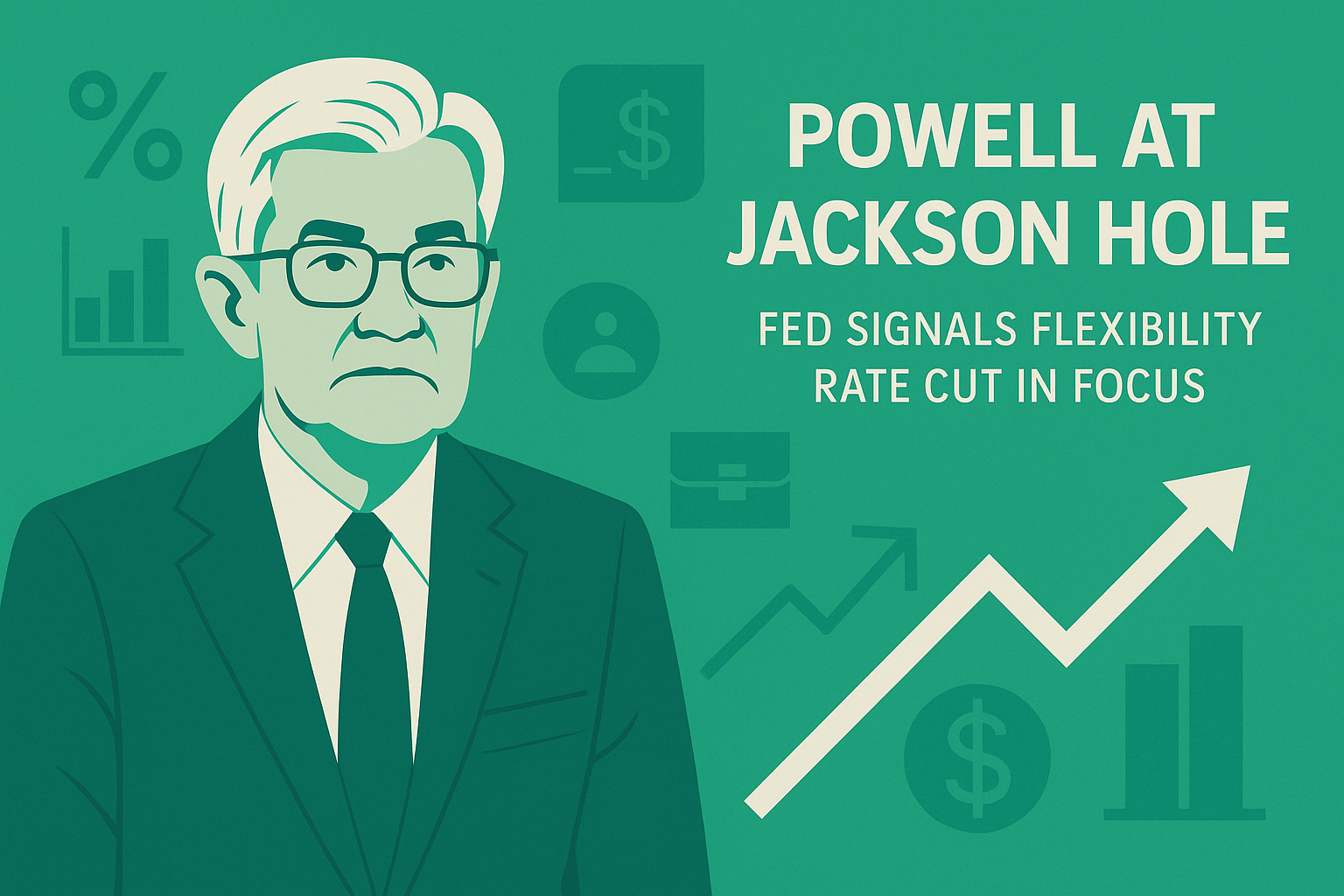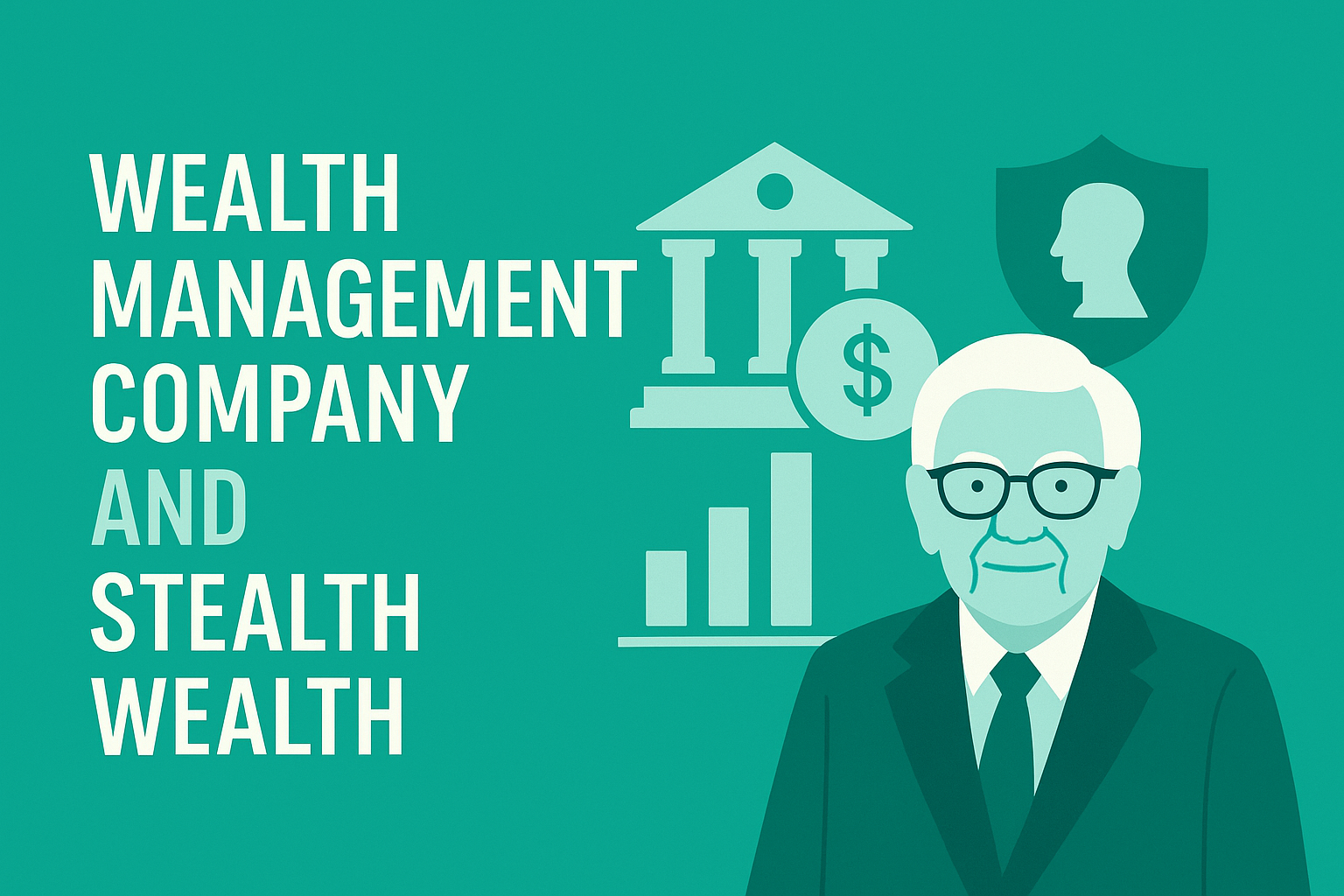Introduction
At the 2025 Jackson Hole Economic Policy Symposium, Federal Reserve Chair Jerome Powell delivered a carefully calibrated speech that captured the evolving challenges facing the U.S. economy. His remarks highlighted a shifting balance of risks between inflation and employment, raising market expectations for a rate cut in September while maintaining a cautious tone.
Key Takeaways from Powell’s Speech
1. Changing Balance of Risks
Powell noted that the risks surrounding inflation and the labor market have “shifted.” While inflation remains elevated in some sectors, especially due to tariffs, the slowdown in employment and wage growth has introduced new concerns.
2. September Rate Cut in Focus
Markets interpreted Powell’s language as opening the door to a possible rate cut in September. He did not commit to immediate easing, but his acknowledgment of labor market weakness was taken as a signal that monetary policy could soon pivot.
3. Labor Market Concerns
Although the unemployment rate remains at 4.2%, Powell acknowledged that both employment growth and labor force participation are slowing. This “strange equilibrium” of stable unemployment but weakening job creation is a growing policy dilemma.
4. Tariff-Driven Inflation Risks
Powell emphasized that recent tariff hikes are pushing up prices for certain goods. He warned that the Fed must determine whether these pressures are temporary or could evolve into persistent inflation.
5. Policy Framework Adjustments
The Fed announced subtle but important changes to its monetary policy framework, removing references to the “make-up strategy” and “shortfalls of employment.” This reflects a shift toward a more flexible, balanced approach that adapts to structural changes in the economy.
6. Independence and Data Dependence
Despite political pressure from the Trump administration, Powell reiterated that decisions will be based on economic data, underscoring the Fed’s institutional independence.
Market Reactions
Following Powell’s speech, equities rallied, with small-cap and interest-rate-sensitive stocks outperforming. Treasury yields declined, reflecting renewed expectations of monetary easing. Investors broadly positioned for a rate cut, although some warned that Powell’s careful language still leaves room for caution.
Economic Outlook
Short-Term: September Rate Cut Likely, but Not Certain
- Employment data will be decisive: a continued slowdown in job creation would strengthen the case for a rate cut.
- Inflation trajectory remains key: if core PCE continues to fall, easing becomes more likely.
- Tariff effects could complicate the decision, especially if supply-side shocks push prices higher.
Medium-Term: Balancing Growth and Inflation
- Powell signaled that the Fed’s strategy is evolving toward a more flexible framework, prioritizing balance over rigid targets.
- The risk of stagflation—weak growth combined with sticky inflation—remains a structural concern.
Economist’s Assessment
From an economist’s perspective, Powell has positioned the Fed to act with flexibility while preserving credibility. The near-term outlook points to at least one rate cut before year-end, provided inflation does not reaccelerate. However, structural risks from tariffs and political pressures could limit the Fed’s room for maneuver.
Action Points for Investors
| Factor | What to Watch | Implications |
|---|---|---|
| Labor Market Data | Nonfarm payrolls, unemployment, wages | Weakness = Higher chance of rate cut |
| Inflation Indicators | Core & headline PCE | Sustained decline = Policy easing |
| Tariff Impact | Goods inflation, trade disruptions | Persistent costs = Policy caution |
| Political Dynamics | Trump’s pressure on the Fed | Fed independence at stake |
Conclusion
Powell’s Jackson Hole speech represents a pivot toward flexibility, balancing the risks of a slowing labor market against persistent inflationary pressures. While markets expect a rate cut as soon as September, the Fed is unlikely to act without confirmation from incoming data. Investors should brace for short-term easing but remain mindful of longer-term stagflation risks.


